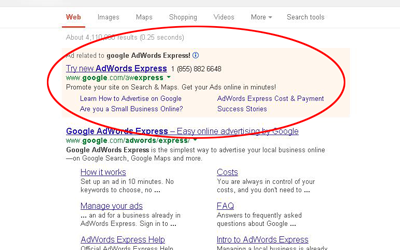May 2018
A Written Narrative Can Help Clients Manage Their Insurance Costs
When it comes to writing commercial insurance for self-storage businesses, there are many risk characteristics that underwriters evaluate to calculate the premium. Some of these, such as geographic location, are beyond the property owner’s control. However, there are several considerations, including those that may not be specifically requested on the application, that business owners can influence and that could help when it comes to the insurance premium.
When reviewing an application, an underwriter will look for information that indicates that the business owner is actively working to reduce risk and minimize potential claims, in other words, making the operation a “better risk.” A self-storage owner who demonstrates that their operation is an above-average risk typically will be rewarded with a competitive premium. Your ability to communicate the story of your client’s operation to the underwriter is an important element when it comes to pricing.
Important Information for a Narrative
One of the most effective ways of helping an underwriter understand an operation’s risk profile is to create a written narrative about the business that can be referenced when an insurance policy is up for renewal or being remarketed. The best narrative is the result of collaboration between you – the agent – and the business owner with both having ownership in the final product. The following types of information and records are excellent additions to this narrative.
- Management – Note years of experience managing property and memberships in self-storage associations. Management’s philosophy toward risk management as well as initiatives implemented to make the premises safe and secure can be extremely valuable in the underwriter’s analysis.
- Claims – Records of insurance claims for the facility going back at least three to five years including corrective measures taken to mitigate future claims.
- Training – Written operational procedures manuals and documentation of ongoing staff training including training to address risk management issues such as slip-and-fall incidents and on-site injuries. Include details of post-claim remedial training to demonstrate efforts to prevent future incidents.
- Security – Descriptions and photographs of cameras, door alarms, lighting, keypads, gates, fences, and records of daily premises inspections and lock checks.
- Maintenance – Records of routine maintenance performed by facility employees as well as agreements for issues like snow and ice removal and sprinkler maintenance.
Once the business owner has created a written narrative, take time to review and update it annually with your client. This annual discussion will assist you to assess the various operational exposures and provide counsel regarding coverage, limits, and overall risk management program.
In general, underwriters want to earn or retain the business, so they are motivated to provide the best possible rate. Having this type of information available can assist the underwriter to justify certain discounts or better terms such as lower deductibles or broader coverages. The active participation of you and your client in the insurance application process may go a long way toward lowering the insurance bill and providing broader coverage.
Mike Schofield
President and CEO




